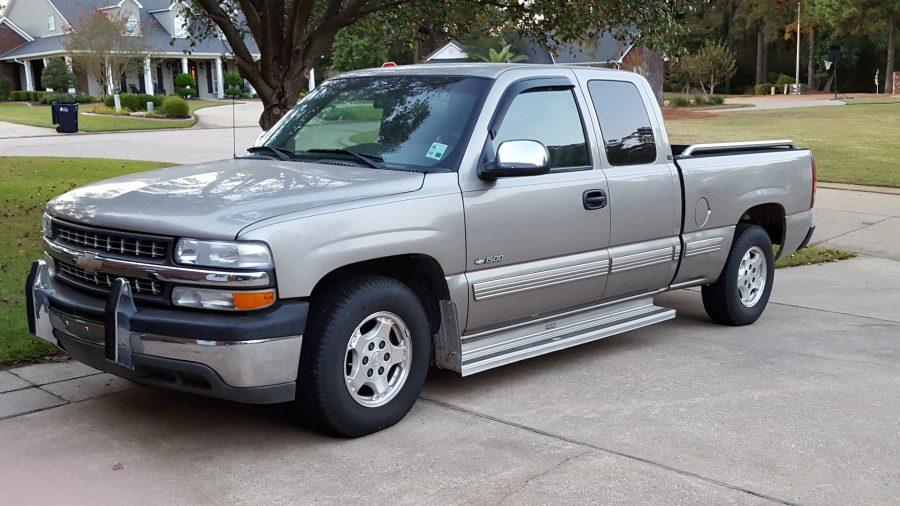Cars can be complicated pieces of technology. They have so many moving parts, and those parts come in many different shapes and sizes.
Drivers who know more about those complex parts can be more prepared if something goes wrong.
Aarin Vogt, a sophomore computer science major, said he thinks that it is important to have some basic knowledge of a personal vehicle.
“You really only need to know the year, make, model and mileage of your car,” Vogt said.
The first part to look at is the engine.
The most common types of engines in cars include: the inline-four (I4), 4-Cylinder (V4), 6-Cylinder (V6), and 8-Cylinder (V8). More powerful engines including the V10 and V12 are not as common, but V12 engines can be found in luxury vehicles.
Knowing what kind of engine is in a vehicle is as simple as popping the hood and counting the cylinders.
Zane Poole, a freshman art major, said that knowing what these parts are is half of the car learning experience.
“If I know how these parts work, then it is important to know what they are,” Poole said.
Another car component that is important is the drivetrain.
Drivetrains are defined by dictionary.com as “the parts of the vehicle that are concerned with generating power and transmitting it to the wheels.”
The drivetrain of a car is typically one of three drivetrain types. These drivetrain types are front-wheel drive, rear-wheel drive and all-wheel drive. These are fairly straightforward in understanding.
Front-wheel drive cars have power sent to the front wheels. Rear-wheel drive cars have the power sent to the back wheels. All-wheel drive vehicles have their power sent to all four wheels, but not necessarily all the time depending on the vehicle.
Checking the operator’s manual is a good way to learn what kind of drivetrain is on a particular vehicle. Drivers who know their vehicle know how to service it for a smooth ride.





